Ancient burial sites in Türkiye’s Savatra reveal mysterious infant skeletons in clay pots
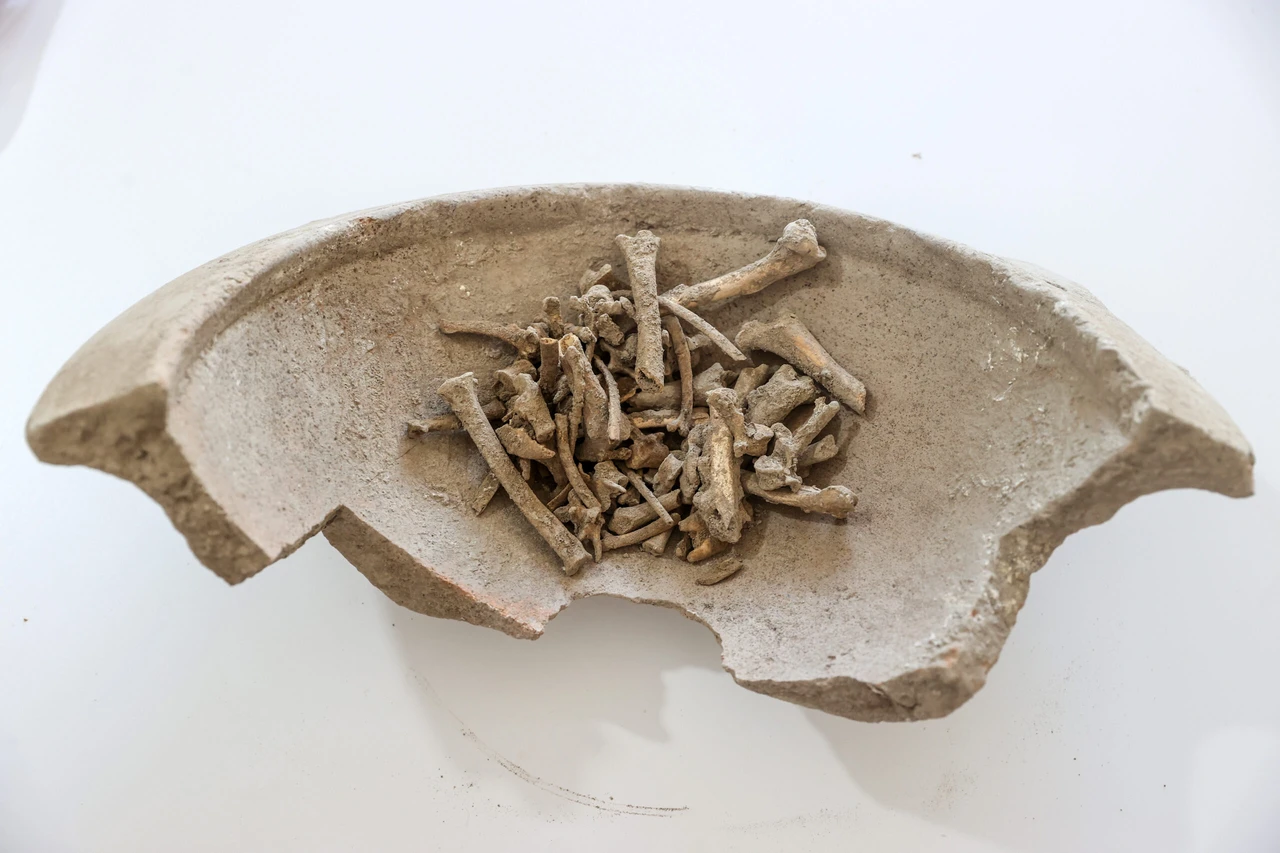 Excavations at the ancient city of Savatra in Konya uncovered infant skeletons inside earthenware vessels, which are now under examination to provide insights into the city's historical way of life in Konya, Türkiye, October 9, 2024 (AA Photo)
Excavations at the ancient city of Savatra in Konya uncovered infant skeletons inside earthenware vessels, which are now under examination to provide insights into the city's historical way of life in Konya, Türkiye, October 9, 2024 (AA Photo)
Excavations in the ancient city of Savatra, in Konya, Türkiye have uncovered infant skeletons buried inside clay pots. These extraordinary findings are being carefully studied to provide insights into the burial rituals and daily life of the region during the Early Roman Empire and Late Antiquity periods.
Archaeologists working in Savatra, under the direction of Associate Professor Ilker Isik from Selcuk University, made the discoveries in the Karatay district’s Yaglibayat neighborhood. The excavation, which has been ongoing since 2021, has shed light on an ancient civilization that once thrived in this part of Anatolia.
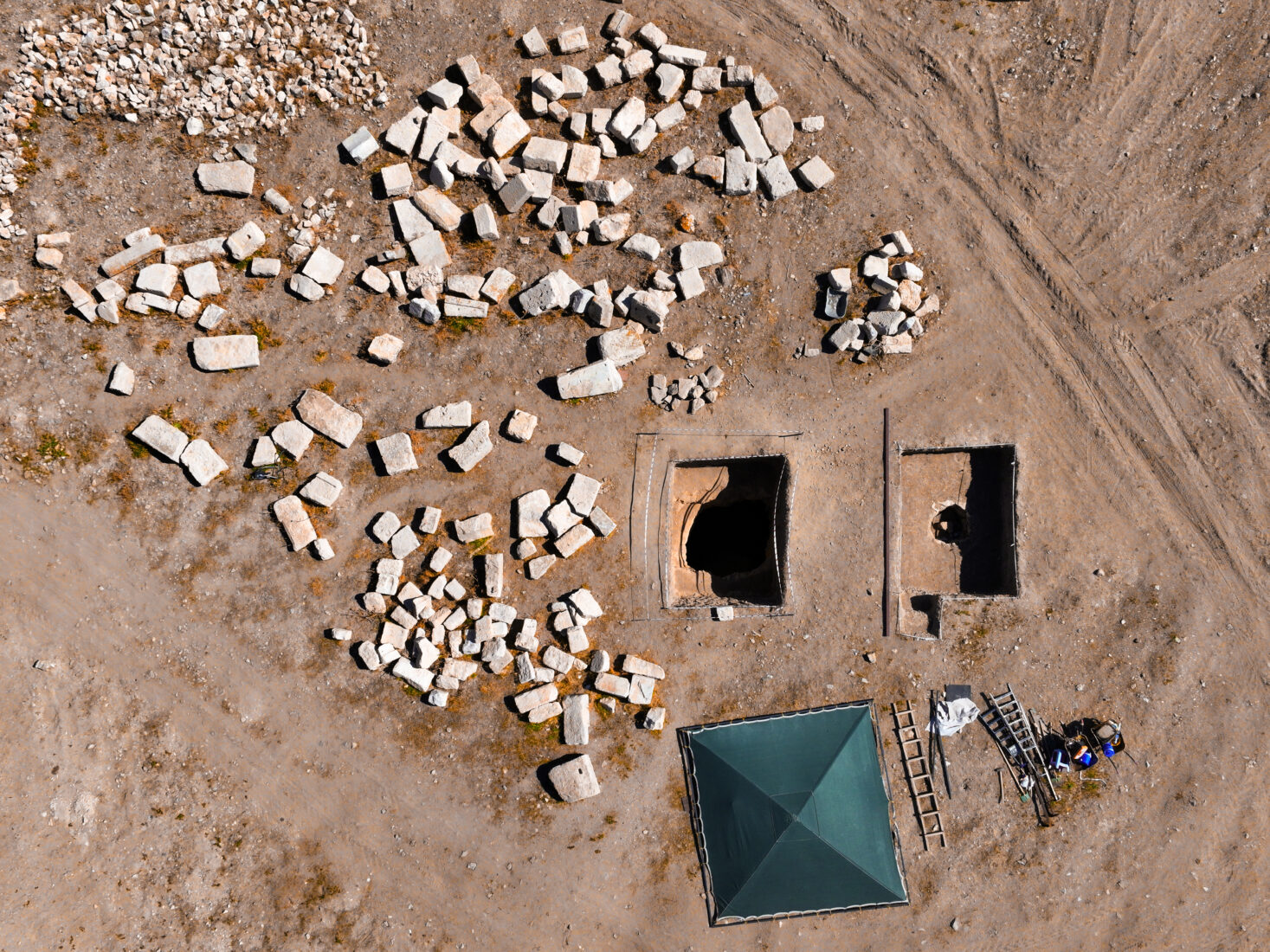

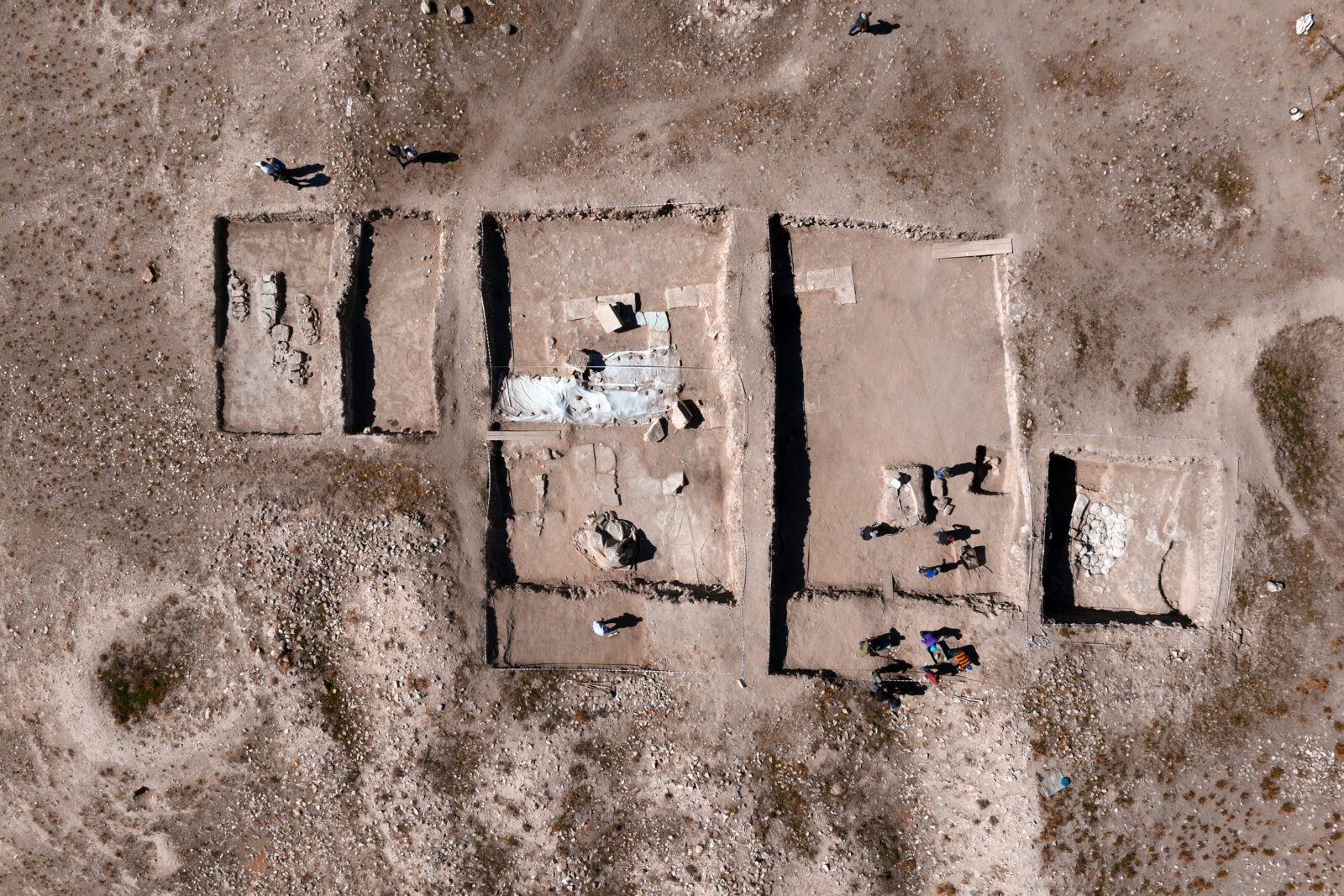

Rare burial ritual with infant and animal skeletons
Among the most intriguing discoveries are two well-preserved clay pots containing headless infant skeletons. These were found in what is believed to be ritualistic burial sites located south of the Roman-era theatre in Savatra. Remarkably, the lids of the pots were adorned with dog skulls, a practice rarely observed in both Anatolia and the world.
“This is an extremely rare type of burial, likely tied to religious rituals,” said Isik, the head of the excavation. “The pots are in almost perfect condition, and the inclusion of both infant and dog remains suggests that these burials held significant spiritual or symbolic meaning.”
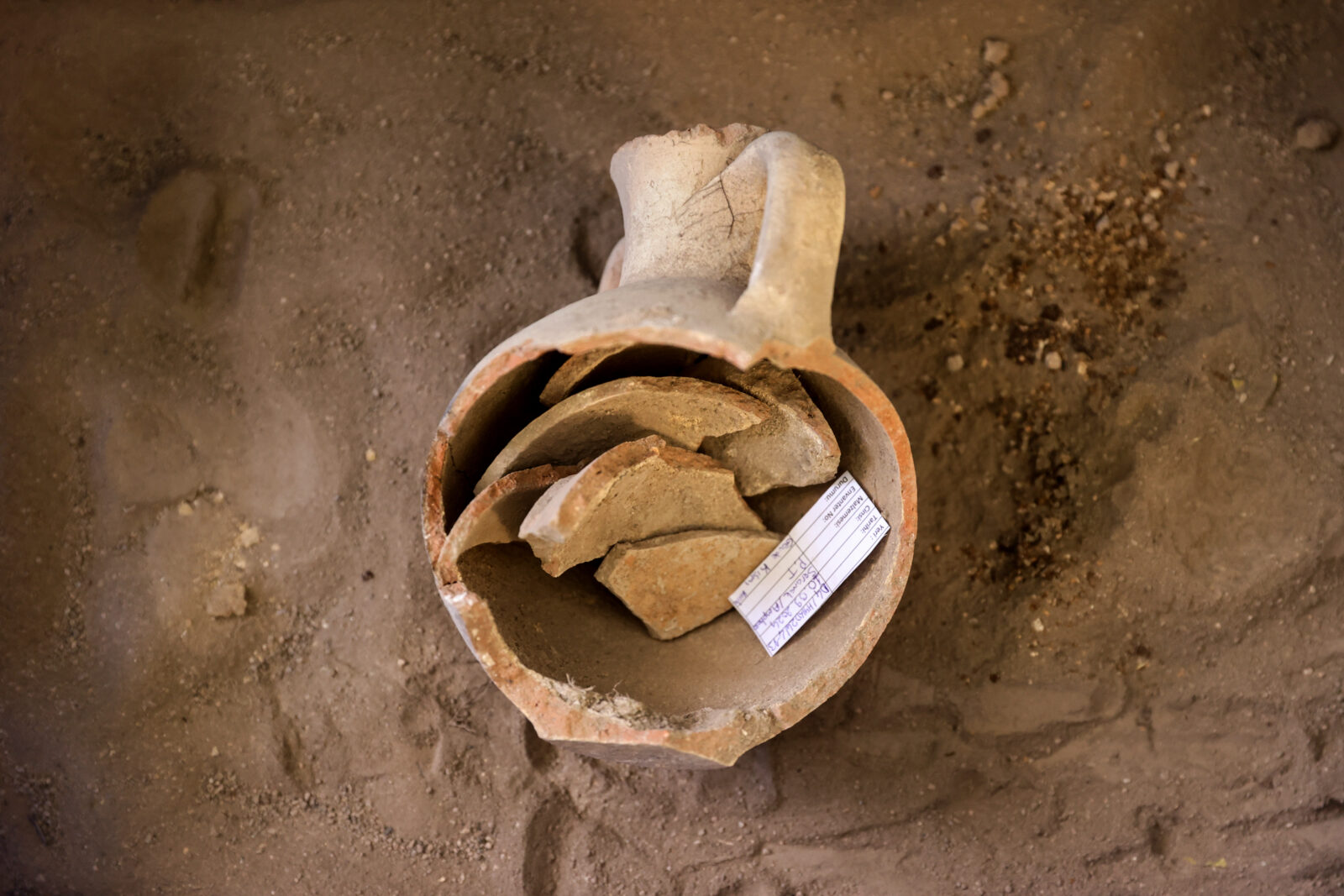
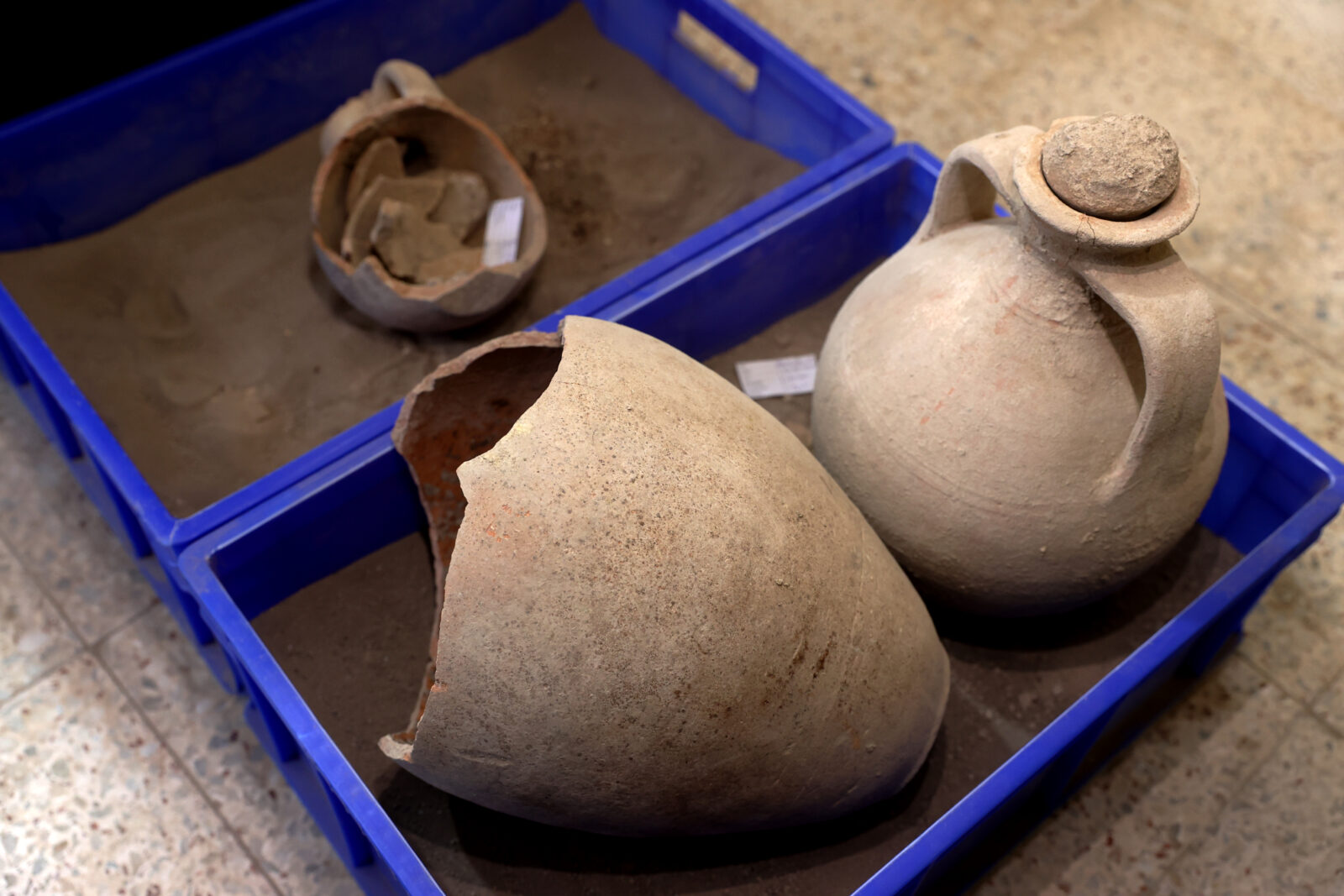

Scientific study launched on findings
Experts have begun scientific studies to analyze the findings. Preliminary geo-radar scans, conducted by Professor Kemal Gokay, have revealed a second burial site just three meters away from the first, with more infant and animal skeletons, including bones from foxes, cattle, horses, and donkeys. This raises even more questions about the role animals played in burial rituals of ancient Savatra.
“As we expand the excavation site, we hope to uncover further evidence that could rewrite aspects of Anatolian cultural history,” added Isik. “The ceramic fragments we’ve found date back between 1,500 and 1,600 years, ranging from the Early Roman Empire to Late Antiquity. Every new find has the potential to push the historical timeline even further back.”
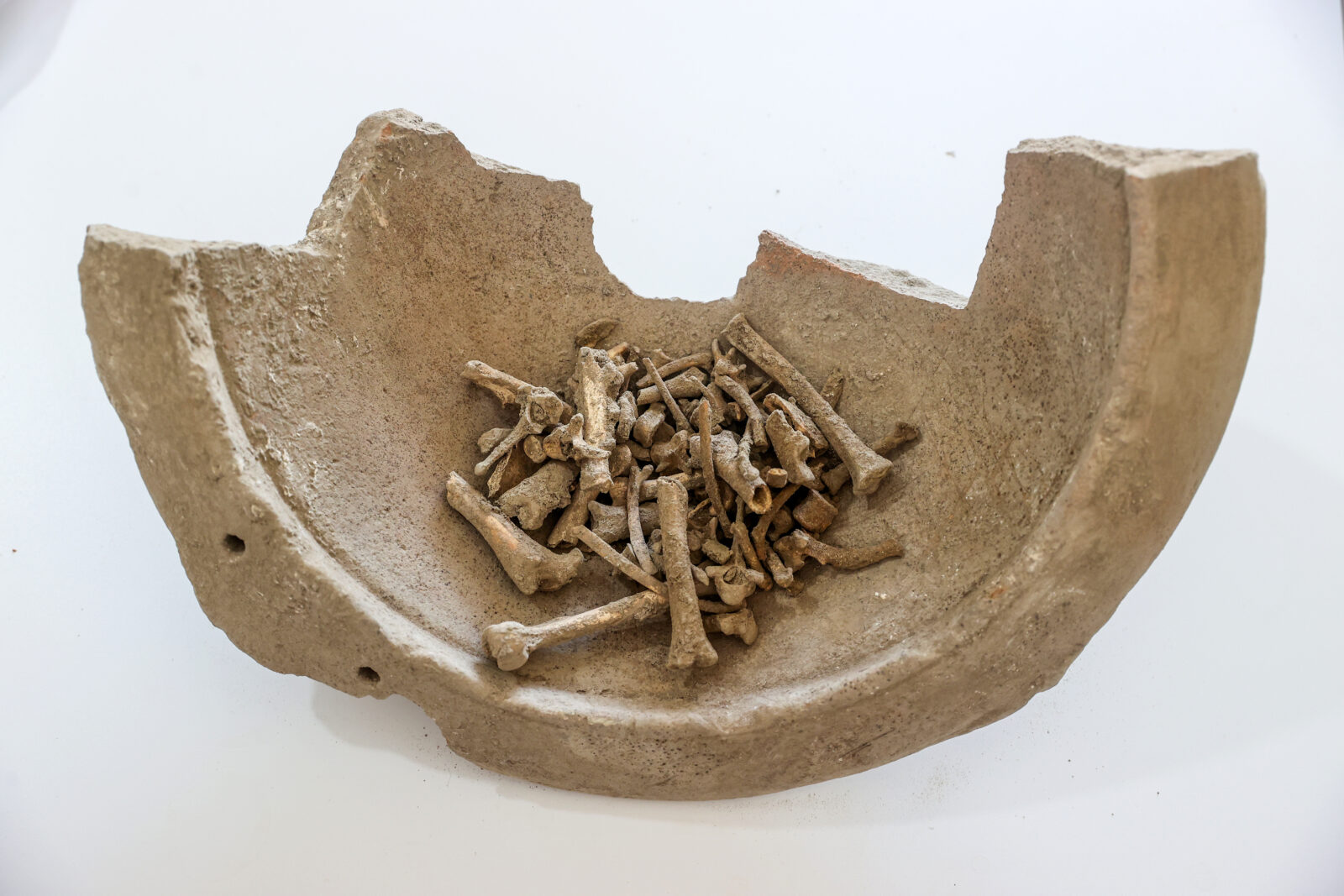
Unearthing more of Savatra’s secrets
Beyond the infant burials, archaeologists are also focusing on other key areas of the ancient city. One significant project involves the excavation of a large burial mound, or kurgan, and work is underway to uncover the foundations of a church located on a mound west of the ancient theatre.
With each new discovery, the ancient city of Savatra continues to offer valuable clues into the mysterious rituals and customs of its former inhabitants, providing historians with a deeper understanding of life in early Anatolia.



